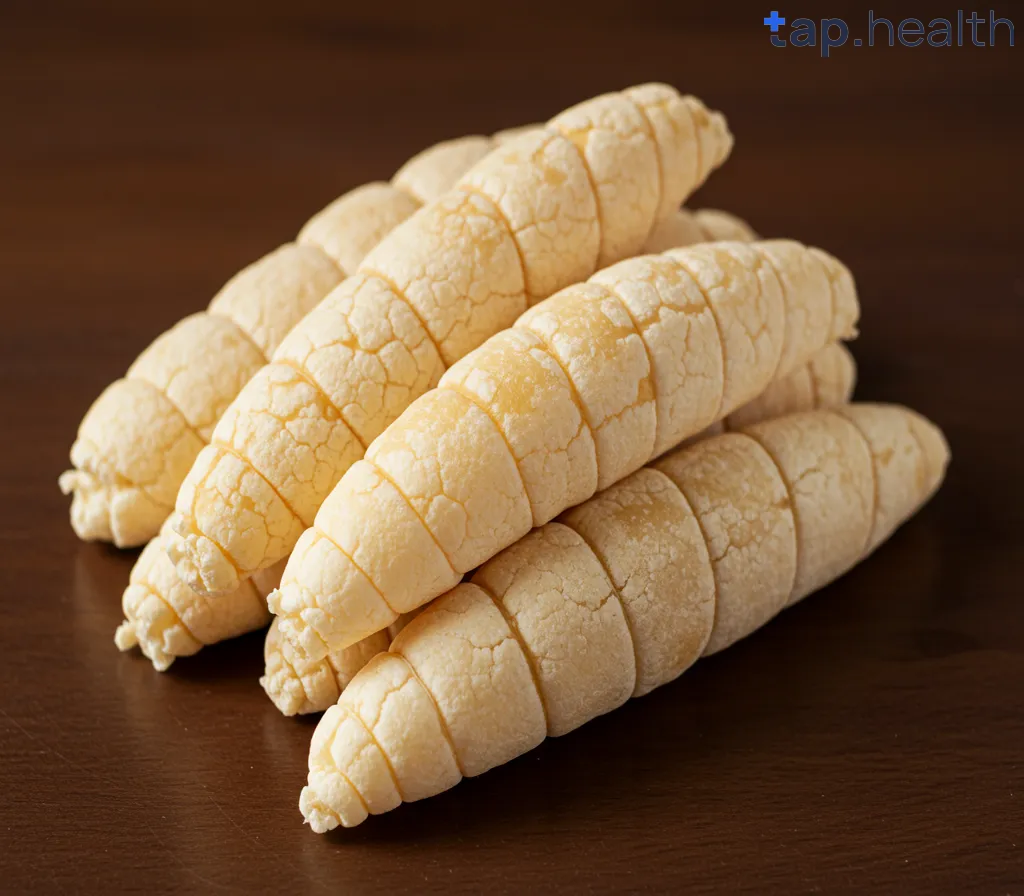Green gram, also known as mung bean or moong dal, is a nutrient-rich legume celebrated for centuries in traditional medicine and skincare. Its versatility and potent properties make it a go-to ingredient for radiant, healthy skin. In this blog, we explore the science-backed green gram benefits for skin, how to incorporate it into your routine, potential side effects, and why it’s a natural skincare gem.
What is Green Gram?
Green gram (Vigna radiata) is a small, green legume widely used in Asian cuisine and traditional remedies. Known for its rich nutritional profile, it’s a low-fat source of plant-based protein, packed with vitamins, minerals, and antioxidants. Its adaptability shines in dishes like curries, soups, and desserts, but its true potential lies in skincare.
Key Nutritional Components:
- Vitamins A, C, and E: Promote skin repair and radiance.
- Minerals: Iron, magnesium, and potassium support skin health.
- Dietary Fiber: Aids digestion, indirectly benefiting skin clarity.
- Antioxidants: Flavonoids and phenolic compounds fight free radicals.
These nutrients make green gram a powerhouse for addressing various skin concerns, from hydration to anti-aging.
How Does Green Gram Benefit Skin?
Green gram’s benefits for skin stem from its hydrating, detoxifying, and anti-aging properties. Let’s dive into the science behind its skincare prowess.
Green Gram for Skin Hydration
Why it works: Green gram’s high water content and natural moisturizing properties help maintain the skin’s moisture barrier, preventing dryness and flakiness.
- Vitamin E: Strengthens the skin’s natural barrier, keeping it soft and supple.
- Hydration Boost: Locks in moisture for a radiant complexion.
Regular use of green gram-based products or masks can leave your skin hydrated and glowing, making it ideal for dry or dehydrated skin types.
People Also Ask: How does green gram hydrate skin? Green gram’s water-rich composition and vitamin E content help retain moisture, repair the skin barrier, and prevent dryness, resulting in a smoother, more radiant complexion.
Green Gram for Skin Detoxification
Why it works: The antioxidants in green gram, such as flavonoids, help detoxify the skin by eliminating toxins that clog pores and cause acne.
- Anti-Inflammatory Properties: Soothes irritation and reduces redness.
- Pore Cleansing: Clears impurities for a clearer complexion.
This makes green gram a great choice for acne-prone or sensitive skin, as it purifies without stripping natural oils.
People Also Ask: Can green gram help with acne? Yes, green gram’s detoxifying antioxidants and anti-inflammatory properties help unclog pores, reduce acne-causing toxins, and soothe inflamed skin.
Green Gram for Anti-Aging
Why it works: Green gram’s antioxidants combat free radicals and oxidative stress, which accelerate aging.
- Flavonoids and Phenolic Compounds: Minimize fine lines, wrinkles, and age spots.
- Protein Content: Supports collagen production for skin elasticity and firmness.
Regular use can improve skin texture, reduce visible aging signs, and promote a youthful glow.
People Also Ask: Does green gram reduce wrinkles? Green gram’s antioxidants and protein content fight free radicals and boost collagen, helping to reduce wrinkles and maintain youthful skin.
How to Use Green Gram in Your Skincare Routine
Incorporating green gram into your skincare routine is simple and effective. Here are three popular methods to harness its benefits.
1. Green Gram Face Masks
How to make:
- Soak a handful of green gram overnight, then grind into a fine paste.
- Mix with natural ingredients like honey (for hydration), turmeric (for brightening), or yogurt (for soothing).
- Apply evenly to your face, leave for 15–20 minutes, and rinse with lukewarm water.
Benefits: Improves skin texture, reduces blemishes, and imparts a natural glow. Use 1–2 times weekly for best results.
People Also Ask: How to make a green gram face mask? Soak green gram, grind it into a paste, and mix with honey or yogurt. Apply for 15–20 minutes to hydrate, brighten, and smooth skin.
2. Green Gram Scrubs
How to make:
- Grind dry green gram into a powder.
- Mix with oatmeal or almond meal for gentle exfoliation.
- Massage onto your face in circular motions, then rinse off.
Benefits: Removes dead skin cells, unclogs pores, and reveals brighter, smoother skin. Use once a week to avoid over-exfoliation.
People Also Ask: Can green gram be used as a scrub? Yes, powdered green gram mixed with oatmeal or almond meal acts as a gentle exfoliant, removing impurities and rejuvenating skin.
3. Green Gram in Daily Skincare Products
Look for cleansers, soaps, or moisturizers containing green gram extract. These products cleanse, hydrate, and nourish the skin while leveraging green gram’s antioxidant and protein benefits.
Benefits: Provides consistent nourishment and supports long-term skin health.
People Also Ask: What green gram skincare products are best? Choose cleansers or moisturizers with green gram extract for daily hydration and detoxification, ensuring they’re free from harsh chemicals.
Potential Side Effects and Precautions
While green gram is generally safe for most skin types, there are a few precautions to keep in mind to avoid adverse reactions.
Possible Allergic Reactions
Who’s at risk: Individuals with legume allergies or sensitivities to pollen/asthma may experience reactions.
- Symptoms: Redness, itching, or swelling.
- Precaution: Perform a patch test on a small area of skin before full application. Discontinue use if irritation occurs.
People Also Ask: Can green gram cause allergies? Green gram may cause allergic reactions in those with legume allergies. Always perform a patch test before using it on your skin.
Precautions for Sensitive Skin
Who’s at risk: People with sensitive skin may experience mild irritation or redness.
- Precaution: Dilute green gram products with soothing ingredients like yogurt or aloe vera. Consult a dermatologist before use, especially for DIY masks or scrubs.
People Also Ask: Is green gram safe for sensitive skin? Green gram is generally safe but may irritate sensitive skin. Test products and consult a dermatologist to ensure compatibility.
Why Choose Green Gram for Skincare?
Green gram’s time-tested use in Ayurveda and traditional Chinese medicine highlights its efficacy. Its natural, nutrient-dense composition makes it a gentle yet powerful solution for various skin concerns.
Key Reasons to Use Green Gram:
- Hydration: Locks in moisture for soft, supple skin.
- Detoxification: Clears pores and reduces acne.
- Anti-Aging: Fights wrinkles and boosts collagen.
- Versatility: Suitable for all skin types, from oily to sensitive.
People Also Ask: Why is green gram good for skin? Green gram’s antioxidants, vitamins, and proteins hydrate, detoxify, and combat aging, making it a versatile skincare ingredient.
Final Thoughts on Green Gram for Skin Health
Green gram is a natural skincare superstar, offering hydration, detoxification, and anti-aging benefits backed by science and tradition. Whether used in DIY face masks, scrubs, or store-bought products, it’s a versatile addition to any skincare routine. However, always consider your skin type, perform patch tests, and consult a dermatologist if you have sensitivities.



